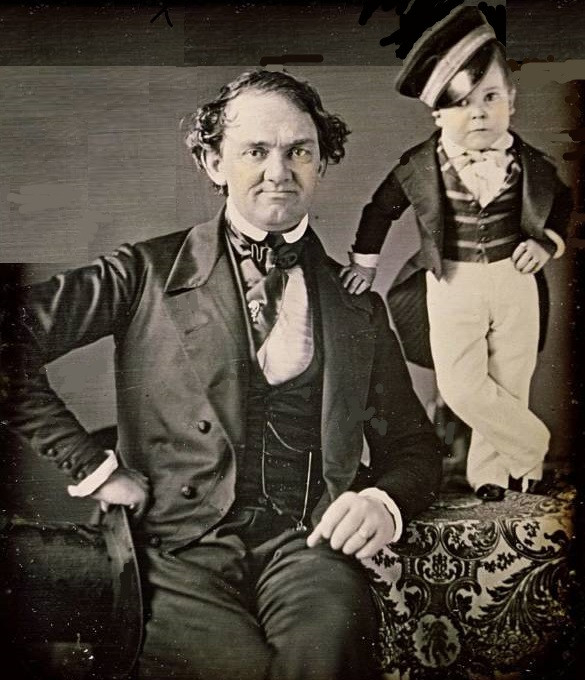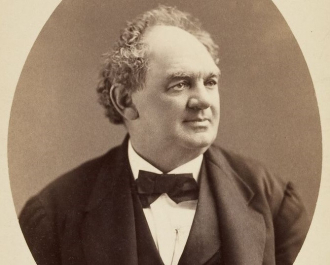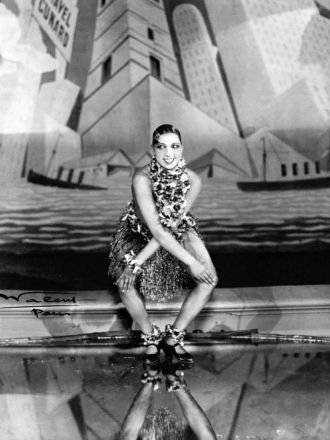P. T. Barnum and Tom Thumb.
He was real. I gave him Tom Thumb a huge tribute.
Date & Place:
Not specified or unknown.


 Amanda S. Stevenson
Amanda S. Stevenson 



